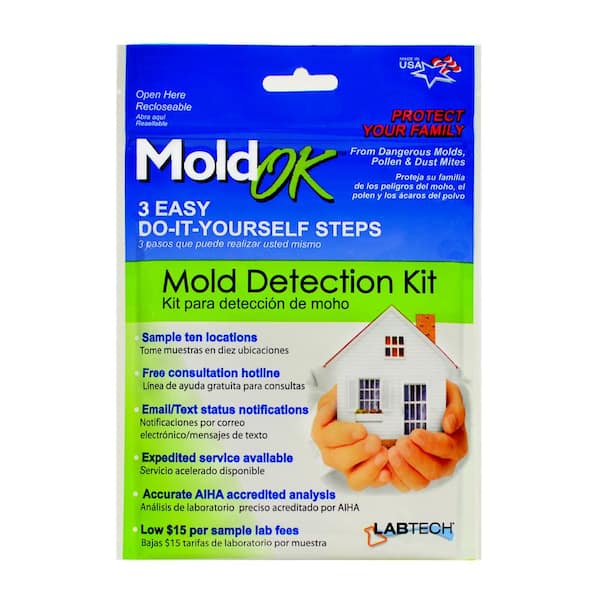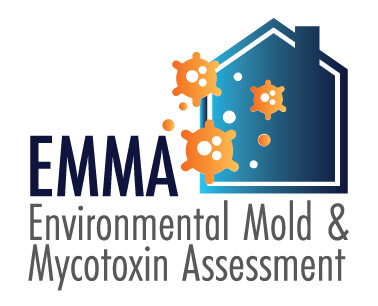Comprehensive Solutions for Your Mycotoxin testing Services Needs
Comprehensive Solutions for Your Mycotoxin testing Services Needs
Blog Article
Just How Mycotoxin Testing Helps Protect Against Contamination and Safeguard Food Products

Mycotoxin screening is an important practice in the food industry, functioning as a frontline protection versus contamination by unsafe toxins created by mold and mildews. Via the application of innovative techniques like High-Performance Fluid Chromatography (HPLC) and Liquid Chromatography-Mass Spectrometry (LC-MS), food manufacturers can precisely discover and measure mycotoxin degrees in farming items. This proactive technique not only makes certain compliance with rigid safety and security guidelines but also minimizes health and wellness dangers to customers. Regular screening fortifies brand track record and monetary health and wellness by lowering contamination-related events. So, just how specifically do these screening methods incorporate into the broader food security strategy?
Understanding Mycotoxins
Recognizing mycotoxins begins with identifying that they are poisonous second metabolites created by certain molds, which can contaminate agricultural items. These metabolites are not necessary for the growth or reproduction of the fungis yet can have severe ramifications for animal and human health and wellness. Mycotoxins are generally located in staple plants such as corn, wheat, barley, and nuts, where they can multiply under particular problems of wetness and temperature level.
There are a number of kinds of mycotoxins, each created by various fungal species. Aflatoxins, created by Aspergillus varieties, are amongst the most notorious, known for their carcinogenic homes. One more substantial team consists of ochratoxins, created by Aspergillus and Penicillium species, which have nephrotoxic results. Fusarium types generate fumonisins and trichothecenes, both of which are related to numerous severe and persistent wellness issues.

Threats of Mycotoxin Contamination
The dangers of mycotoxin contamination are multifaceted, posturing substantial hazards to both food safety and security and public wellness. Mycotoxins, poisonous compounds generated by certain kinds of fungis, can pollute a large variety of agricultural products including grains, nuts, seasonings, dried fruits, and coffee.
Financial impacts are an additional major concern. Contaminated plants can lead to considerable economic losses for farmers and food manufacturers because of reduced returns and the need for pricey decontamination measures. In addition, global trade can be substantially prevented as countries implement rigorous mycotoxin policies to secure their populations, causing declined shipments and strained profession relations.
Environmental variables such as climate adjustment aggravate the danger of mycotoxin contamination. Variants in temperature level and moisture can produce favorable conditions for fungal development, increasing the possibility of contamination occasions. Therefore, understanding and alleviating these threats are critical for guaranteeing the safety and integrity of international food products.
Methods of Mycotoxin Evaluating
Accurately recognizing mycotoxin contamination in farming products is crucial for securing public health and maintaining food security requirements. Different methods are utilized to spot and quantify mycotoxins, each offering details benefits and limitations.
High-Performance Liquid Chromatography (HPLC) is a widely used technique as a result of its high level of sensitivity and accuracy. It entails dividing mycotoxins from other substances in an example, enabling exact metrology. Liquid Chromatography-Mass Spectrometry (LC-MS) combines fluid chromatography with mass spectrometry to supply detailed molecular information, making it particularly useful for identifying numerous mycotoxins concurrently.

Gas Chromatography-Mass Spectrometry (GC-MS) and Thin-Layer Chromatography (TENDER LOVING CARE) are additionally used, each with distinct applications. GC-MS is efficient for volatile mycotoxins, visit while TLC supplies an easier, economical choice for initial testing.
Benefits of Regular Testing
Normal screening for mycotoxins in agricultural items provides numerous benefits, significantly adding to public wellness and food security. By recognizing contamination early, normal screening aids avoid the circulation of toxic foods, thus reducing the threat of mycotoxin-related ailments among customers. This proactive approach not only safeguards human health and wellness yet likewise enhances the general top quality of food materials.
Regular testing likewise sustains regulatory compliance. Different nations and regions have actually developed rigorous limitations for mycotoxin degrees in food and feed. Complying with these restrictions with routine testing ensures that manufacturers and vendors meet lawful standards, thereby staying clear of fines and trade obstacles. Preserving conformity promotes consumer count on and brand credibility, which are important for market success.
Furthermore, normal mycotoxin screening can lead to significant financial benefits. Early detection of contamination enables prompt treatment, reducing potential losses from extensive contamination. Applying normal screening protocols can likewise reduce recall prices and associated liabilities, which can be economically ruining.
In addition, regular testing offers useful data that can educate better farming techniques and storage space problems. By understanding patterns of contamination, manufacturers can adopt precautionary measures, therefore lowering future dangers and adding to the sustainability of the helpful site food supply chain.
Carrying Out Checking Methods
Executing efficient mycotoxin screening procedures is vital for ensuring the safety and security and high quality of farming items. Establishing a durable screening structure includes multiple vital steps, starting with the recognition of prospective contamination factors within the manufacturing and supply chain. This consists of pre-harvest, post-harvest, storage, and circulation stages. Each phase has to be inspected to identify where mycotoxin contamination is probably to occur.
As soon as important control points are determined, selecting appropriate testing techniques is vital. Usual techniques consist of enzyme-linked immunosorbent assay (ELISA), high-performance liquid chromatography (HPLC), and mass spectrometry (MS) Each technique has its weak points and toughness; hence, picking the proper one depends upon the particular mycotoxin being tested, the required level of sensitivity, and readily available sources.

Lastly, integrating the testing methods into a comprehensive food safety and security management system is recommended. This improves traceability and enables quick corrective activities when contamination is spotted, consequently safeguarding the integrity of the food supply chain.
Verdict
Mycotoxin testing is essential in stopping contamination and protecting food products by allowing early discovery of dangerous contaminants generated by molds in farming products. Advanced methods such as HPLC and LC-MS guarantee conformity with safety policies and safeguard customers from wellness dangers. Regular screening boosts brand name reputation, financial security, and rely on food safety by decreasing contamination-related losses and maintaining high requirements in food manufacturing. Applying rigorous screening methods is thus important for the market's overall health.
Mycotoxin testing is a crucial method in the food sector, offering as a frontline defense against contamination by unsafe contaminants created by mold and mildews. An incorporated technique entailing agricultural practices, storage monitoring, and normal screening can mitigate the threats associated with mycotoxin contamination, ensuring food safety and public wellness.
The threats of mycotoxin contamination are diverse, posturing considerable threats to both food safety and public health and wellness.Regular testing for mycotoxins in farming items uses many benefits, substantially adding to public health and wellness and food security.Mycotoxin testing is crucial in stopping contamination and securing food supplies by enabling early detection see here now of damaging toxic substances produced by molds in farming items.
Report this page